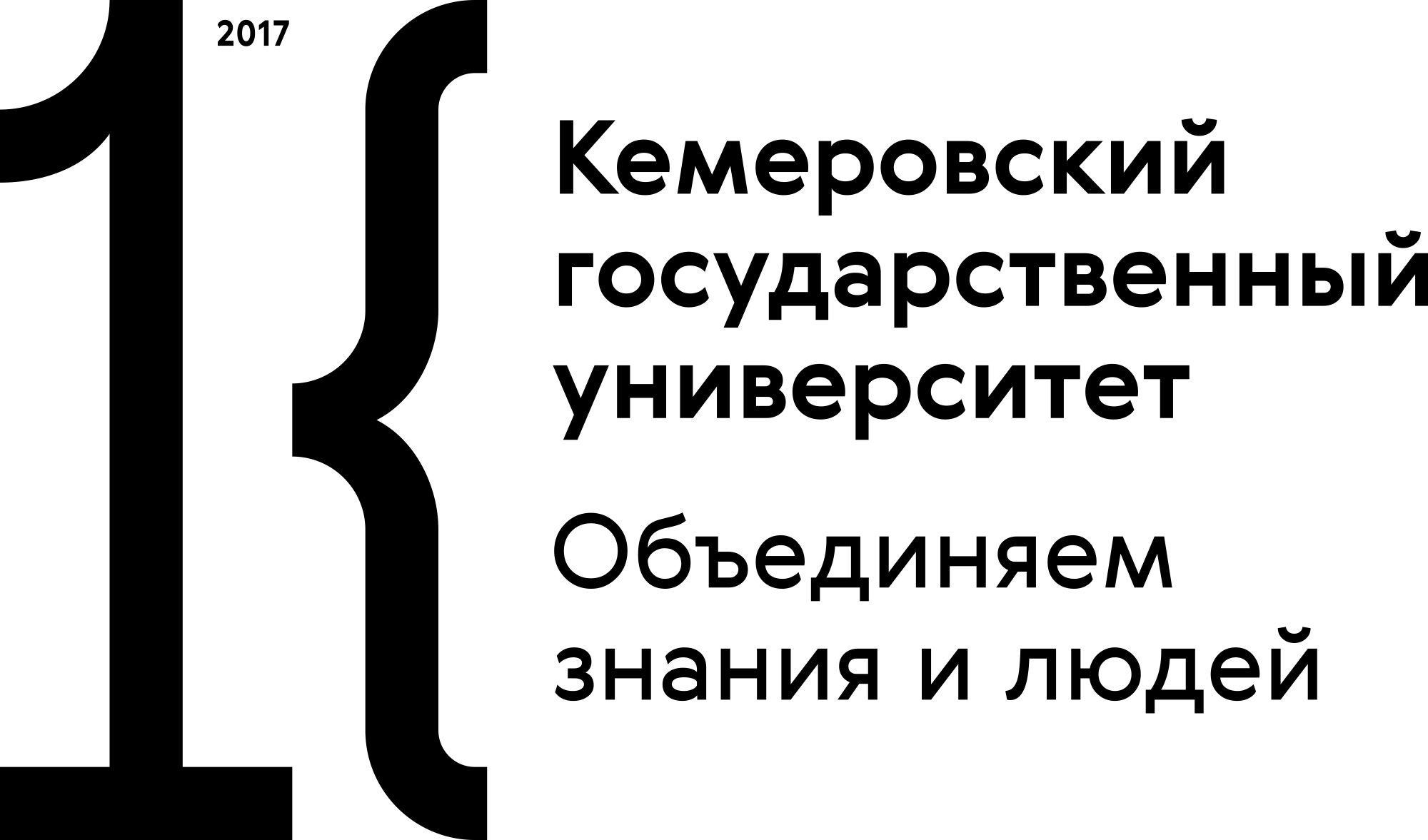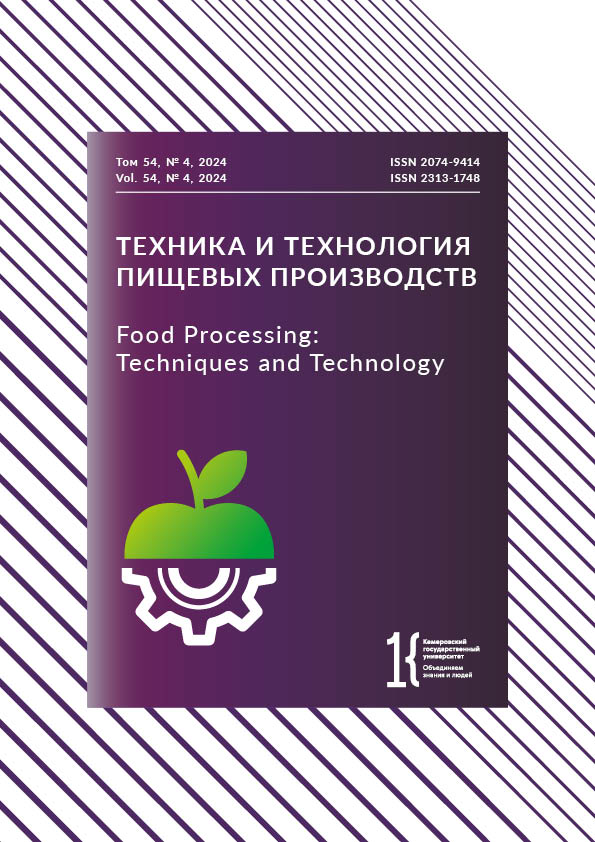Moscow, Moscow, Russian Federation
Moscow, Moscow, Russian Federation
Moscow, Moscow, Russian Federation
Kemerovo, Russian Federation
Wheat dough is a popular binder in many food formulations. It is also the most promising material for 3D-printed innovative food products. The article describes the effect of dairy ingredients on the rheological profile of wheat dough and its prospects for extrusion 3D printing. The test samples involved flour mixed with different amounts of water and various dairy components, e.g., milk powder, whey protein, and low-fat yogurt. The rheological properties were tested using the reverse extrusion method in a texture analyzer and a spindle viscometer. The best wheat dough sample had 65% moisture content, 5% milk powder (by weight), and 0–2.5% whey protein isolate or 20% yogurt. The sample demonstrated the optimal rheological properties that were close to those of the control sample: 1900–2100 Pa•s complex viscosity, 0.14–0.16 mechanical loss tangent, and 20–23.5 N resistance. The results can be used to develop innovative 3D-printed flour products. Further research will involve experiments in 3D printing of wheat dough with various dairy ingredients to determine the optimal kinematic and geometric parameters for extrusion 3D printing.
Dough, 3D printing, extrusion, rheology, wheat flour, dairy components
1. Pulatsu E, Su J-W, Lin J, Lin M. Factors affecting 3D printing and post-processing capacity of cookie dough. Innovative Food Science and Emerging Technologies. 2020;61:102316. https://doi.org/10.1016/j.ifset.2020.102316
2. Hussein AMS, Abd El-Aal HA, Morsy NM, Hassona MM. Chemical, rheological, and sensory properties of wheat biscuits fortified with local buckwheat. Foods and Raw Materials. 2024;12(1):156–167. https://doi.org/10.21603/2308-4057- 2024-1-597; https://www.elibrary.ru/QBBVPY
3. Cui Y, Chen J, Zhang S. The effect of degree of esterification of pectin on the interaction between pectin and wheat gluten protein. Food Hydrocolloids. 2023;136:108272. https://doi.org/10.1016/j.foodhyd.2022.108272
4. Bredikhin SA, Martekha AN, Toroptsev VV, Kaverina YuE, Korotkiy IA. Sonochemical Effects on Wheat Starch. Food Processing: Techniques and Technology. 2023;53(3):590–611. (In Russ.). https://doi.org/10.21603/2074-9414-2023-3- 2460; https://www.elibrary.ru/PMVGBF
5. Kaneda I. Edible microgel as a texture modifier. Food Science and Technology Research. 2021;27(5):687–693. https:// doi.org/10.3136/fstr.27.687
6. Leverrier C, Almeida G, Menut P, Cuvelier G. Design of Model Apple Cells Suspensions: Rheological Properties and Impact of the Continuous Phase. Food Biophysics. 2017;12:383–396. https://doi.org/10.1007/s11483-017-9494-3
7. Wang Y, Sun B, Hao Z, Zhang J. Advances in Organic–Inorganic Hybrid Latex Particles via In Situ Emulsion Polymerization. Polymers. 2023;15(14):2995. https://doi.org/10.3390/polym15142995
8. Asyrul-Izhar AB, Bakar J, Sazili AQ, Goh YM, Ismail-Fitry MR. Emulsion Gels Formed by Electrostatic Interaction of Gelatine and Modified Corn Starch via pH Adjustments: Potential Fat Replacers in Meat Products. Gels. 2023;9(1):50. https://doi.org/10.3390/gels9010050
9. Borker NS, Koch DL. Shear rheology of a dilute suspension of thin rings. Journal of Rheology. 2023;67(3):723. https://doi.org/10.1122/8.0000628
10. Lee YJ, Jin H, Ahn KH. Brownian dynamics simulation on the parallel superposition rheology of a colloidal gel. Journal of Rheology. 2024;68(1):39–57. https://doi.org/10.1122/8.0000672
11. Kailasham R, Chakrabarti R, Prakash JR. Shear viscosity for finitely extensible chains with fluctuating internal friction and hydrodynamic interactions. Journal of Rheology. 2023;67(1):105–123. https://doi.org/10.1122/8.0000498
12. Kim YH, Shim TS, Kim JM. Lateral particle migration in shear-thinning colloidal dispersion. Korea-Australia Rheology Journal. 2022;34:327–334. https://doi.org/10.1007/s13367-022-00043-w
13. Bredikhin SA, Martekha AN, Andreev VN, Soldusova EA, Karpova NA. Investigation of the structural and mechanical characteristics of mayonnaise with the addition of linseed oil. IOP Conference Series: Earth and Environmental Science. 2022;979(1):012089. https://doi.org/10.1088/1755-1315/954/1/012014
14. Huang QX, Yang J, Hu M, Lu W, Zhong K, Wang Y, et al. Milk fat globule membrane proteins are involved in controlling the size of milk fat globules during conjugated linoleic acid–induced milk fat depression. Journal of Dairy Science. 2022;105(11):9179–9190. https://doi.org/10.3168/jds.2022-22131
15. Gilbert A, Rioux L-E, St-Gelais D, Turgeon SL. Smoothing temperature and ratio of casein to whey protein: Two tools to improve nonfat stirred yogurt properties. Journal of Dairy Science. 2021;105(10):10485–10499. https://doi.org/https://doi.org/10.3168/jds.2020-20040
16. Gilbert A, Rioux L-E, St-Gelais D, Turgeon SL. Studying stirred yogurt microstructure using optical microscopy: How smoothing temperature and storage time affect microgel size related to syneresis. Journal of Dairy Science. 2020; 103 (3):2139–2152. https://doi.org/10.3168/jds.2019-16787
17. Serna-Hernandez SO, Escobedo-Avellaneda Z, García-García R, Rostro-Alanis MdJ, Welti-Chanes J. Microscopical Evaluation of the Effects of High-Pressure Processing on Milk Casein Micelles. Molecules. 2022;27(21):7179. https://doi.org/https://doi.org/10.3390/molecules27217179
18. Antuma LJ, Braitmaier SH, Garamus VM, Hinrichs J, Boom RM, Keppler JK. Engineering artificial casein micelles for future food: Preparation rate and coagulation properties. Journal of Food Engineering. 2024;366:111868. https://doi.org/https://doi.org/10.1016/j.jfoodeng.2023.111868
19. Chen J, Lin K, Zhang L, Zhang Z, Miao S, Zheng B, et al. The effect of fat on properties and filling characteristics of myofibrillar protein emulsion microgels. Food Bioscience. 2022;50:102104. https://doi.org/10.1016/j.fbio.2022.102104
20. Nussbaum N, Bergfreund J, Vialetto J, Isa L, Fischer P. Microgels as globular protein model systems. Colloids and Surfaces B: Biointerfaces. 2022;217:112595. https://doi.org/10.1016/j.colsurfb.2022.112595
21. Rahman MdA, Roy J, Mahomud MdS. Textural and antioxidant properties of mozzarella cheese fortified with dehydrated oyster mushroom flour. Foods and Raw Materials. 2023;11(2):251–258. https://doi.org/10.21603/2308-4057-2023- 2-574; https://www.elibrary.ru/PDZATD
22. Diniyah N, Iguchi M, Nanto M, Yoshino T, Subagio A. Dynamic Rheological, Thermal, and Structural Properties of Starch from Modified Cassava Flour (MOCAF) with Two Cultivars of Cassava. Industria: Jurnal Teknologi dan Manajemen Agroindustri. 2023;12(1):89–101. https://doi.org/10.21776/ub.industria.2023.012.01.8
23. Wong SS, Wicklund R, Bridges J, Whaley J, Koh YB. Starch swelling behavior and texture development in stirred yogurt. Food Hydrocolloids. 2019;98:105274. https://doi.org/10.1016/j.foodhyd.2019.105274
24. Kaverina YuE, Toroptsev VV. 3D printing technology of pasta dough. International scientific and practical conference of young scientists and specialists of the Department of Agricultural Sciences of the Russian Academy of Sciences. 2023;(1):113– 117. (In Russ.).
25. Rakita S, Torbica A, Pezo L, Nikolić I. Effect of Climatic Conditions on Wheat Starch Granule Size Distribution, Gelatinization and Flour Pasting Properties. Agronomy. 2023;13(6):1551. https://doi.org/10.3390/agronomy13061551
26. Bredikhin SA, Martekha AN, Andreev VN, Kaverina YuE, Korotkiy IA. Rheological Properties of Mayonnaise with Non-Traditional Ingredients. Food Processing: Techniques and Technology. 2022;52(4):739–749. https://doi.org/10.21603/2074- 9414-2022-4-2402; https://www.elibrary.ru/DNZOKM
27. Zhang L, Zhou R, Zhang J, Zhou P. Heat-induced denaturation and bioactivity changes of whey proteins. International Dairy Journal. 2021;123:105175. https://doi.org/10.1016/j.idairyj.2021.105175
28. Shan S, Chen D, Federici E, Jones OG, Campanella OH. The effects of whey protein fibrils on the linear and non-linear rheological properties of a gluten-free dough. Frontiers in Nutrition. 2022;9:909877. https://doi.org/10.3389/fnut.2022.909877
29. Tang X, Liu J. A Comparative Study of Partial Replacement of Wheat Flour with Whey and Soy Protein on Rheological Properties of Dough and Cookie Quality. Journal of Food Quality. 2017;(1):1–10. https://doi.org/10.1155/2017/2618020
30. Saadi S, Makhlouf C, Nacer NE, Halima B, Faiza A, Kahina H, et al. Whey proteins as multifunctional food materials: Recent advancements in hydrolysis, separation, and peptidomimetic approaches. Comprehensive Reviews in Food Science and Food Safety. 2024;23(1):e13288. https://doi.org/10.1111/1541-4337.13288
31. Gasparini A, Buhler S, Faccini A, Sforza S, Tedeschi T. Thermally-Induced Lactosylation of Whey Proteins: Identification and Synthesis of Lactosylated β-lactoglobulin Epitope. Molecules. 2020;25(6):1294. https://doi.org/10.3390/ molecules25061294
32. Wesołowska-Trojanowska M, Tomczyńska-Mleko M, Terpiłowski K, Kawecka-Radomska M. Ternary Biopolymer Based on Wheat Gluten, Whey Protein Concentrate and Montmorillonite. Journal of Inorganic and Organometallic Polymers and Materials. 2016;26:555–562. https://doi.org/10.1007/s10904-016-0348-0
33. Wouters AGB, Rombouts I, Fierens E, Brijs K, Blecker C, Delcour JA, et al. Foaming and air-water interfacial characteristics of solutions containing both gluten hydrolysate and egg white protein. Food Hydrocolloids. 2018;77:176–186. https://doi.org/10.1016/j.foodhyd.2017.09.033











